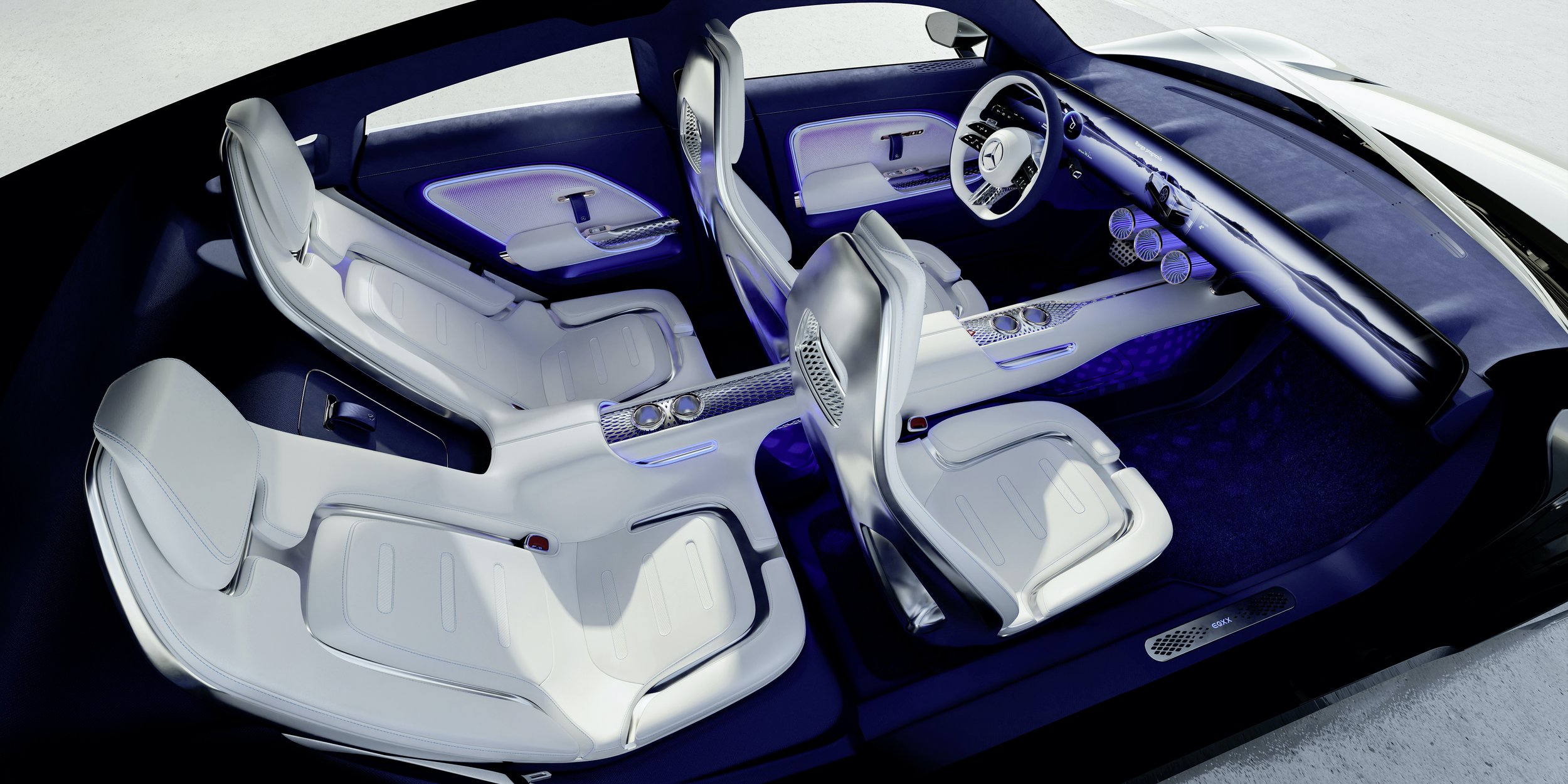Benz shows future with 1000km slippery luxury electric
/You think ‘legacy’ car brands are lagging in understanding the full potential of electric? This concept surely proves otherwise.
AN electric large premium car that promises more than 1000 kilometres’ range using less than 10kWh per 100km has been revealed by the world’s oldest car maker.
The Vision EQXX is a Mercedes Benz concept showcasing the future of the technology underpinning its electric cars. The focus is on improving efficiency though slippery aerodynamics, lower weight and better-designed, energy-dense batteries.
EQXX is the result of that research. In-house projections are that it can manage 1000km on a single charge and an outstanding energy consumption figure of less than 10kWh per 100km. This even though the EQXX's battery is slightly smaller than the 107kWh unit used in the Mercedes EQS flagship electric, which will be on sale an S-Class that eschews a fossil fuel engine that will be available to Kiwis in the latter part of this year.
Aerodynamic efficiency plays a key role. The EQXX’s low, sharp nose and smooth overall shape achieves a drag coefficient of just 0.17. That’s well below production car average. In addition to a retractable rear diffuser, the EQXX features shutters on the bonnet that only open when the car needs significantly more cooling than normal airflow and thermal management can provide. The wheels and tyres have also been designed so as to reduce drag.
Also influencing the car’s range is the car’s complex powertrain management. Joerg Bartels, vice president for Vehicle Engineering at Mercedes, says as easy as electric range sounds, it is really a huge technical challenge.
“The easiest way is to put a bigger battery in the car. However, this leads to diminishing returns due to size and weight. This is definitely not the smartest route and it's also not the best use of scarce resources.”
In exploring new ways to increase the range, the factory worked with its own High Performance Powertrains (HPP) division - that’s the team behind its Formula One racing engines - to develop a battery with roughly the same capacity as that found in the EQS, but with a much higher energy density and 30 percent lighter.
The set-up is especially good at containing loss of energy between the battery and the wheels. Thanks partially to the design of the 100kW electric motor, the EQXX's powertrain is claimed to be 95 percent efficient, meaning that 95 percent of the battery's energy makes it to the wheels, up from around 30 percent in an internal combustion-engined car.
One of the key ways in which the engineers achieved that was through effective thermal management. What heat the drivetrain generates is used, in conjunction with an advanced heat pump, to warm the cabin, while the drivetrain is usually cooled by air channelled underneath the car. Only in elevated temperatures or when spirited driving is required do the bonnet’s air shutters open.
Having minimal heat to disperse allows a weight-saving in respect to cooling apparatus. Kilos are also reduced by having a body made from lightweight steel, the doors rendered in glass-fibre and carbon-fibre reinforced plastics and brake discs made from aluminium. Single castings were used where possible to cut out the extra heft associated with using multiple joined parts and panels.
Topping it all off are 117 solar cells on the roof aimed at reducing the energy drain on the high voltage system and potentially increasing the battery range by around 25km. Energy from the panels stores in a separate, smaller battery and powers the interior fan, the infotainment system and lights.
Though plush, the interior is also minimalist and makes strong use of sustainable materials. So, carpets made entirely from bamboo fibre and it has vegan leather derived from mushroom and cactus structures. Other parts use recycled plastics made from landfill waste. Mercedes MBUX screen tech takes a next step with a single seamless LED screen in 8K resolution and spanning the 47.5-inch entirety of the dashboard.
The concept is going to display at the Consumer Electronics Show in Las Vegas, opening tomorrow, and though road legal is not intended to be anything more than a research prototype.
However, Benz vows that much of what it offers is set to trickle down into production cars, reminding that it plans to have a fully electric model in every segment by end of this year (though not necessarily in NZ). The plan is also for every model sold being available with a pure-electric equivalent by 2025.




















